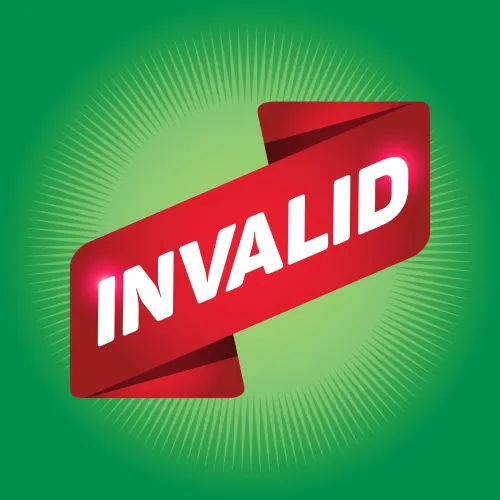3 Tips Help You Code ODs in the ED
Hint: Evaluate whether an overdose is accidental or intentional before finding the right diagnosis code. The latest statistics indicate that overdoses (ODs) are increasing across the U.S., and the emergency department is often the first stop for patients who are experiencing an OD. Although coding these encounters can sometimes be straightforward, that isn’t always the case. Consider following three key strategies to ensure that you report these visits accurately. Differentiate Accidental vs. Intentional Overdose If the patient comes to the ED for a heroin overdose, you’ll look to the T40.1 (Poisoning by… heroin…) section of the ICD-10-CM code set. However, you’ll need a little bit more information before you can pinpoint the characters that should follow T40.1. Your first step will be evaluating whether the overdose was accidental or intentional. Most people who come to the ED for an overdose are presenting due to an accidental OD rather than a suicide attempt. If that’s the case, you’ll report T40.1X1A (Poisoning by heroin, accidental (unintentional), initial encounter). If you instead have an indication that the patient was attempting suicide, then the best code to report would be T40.1X2A (Poisoning by heroin, intentional self-harm, initial encounter). Using the “intentional self-harm” code is usually selected if the EMT or family member tells you that the person left a suicide note, someone else tells you that the overdose was deliberate, or the patient tells you this themselves. To select the final character, you’ll usually turn to “A” as noted in the codes above. That denotes an “initial encounter.” ED physicians typically see patients during the initial encounter rather than for a subsequent encounter, making this the appropriate method of coding this type of visit. Understand Overdoses of Prescribed Meds In some cases, you’ll see a patient in the ED who has taken too much of their prescribed medication, but the coding rules aren’t dramatically different in this situation when compared to coding for illegal drugs. For instance, suppose a patient with uncontrolled type II diabetes who is on insulin reports to the ED with dizziness and a headache. The patient reports that she forgot to take her insulin for a few days and attempted to “make up” the lost doses with extra injections. The ED physician determines the patient had an accidental overdose. In this situation, you may need more than one diagnosis code to capture all of the patient’s ailments for this encounter. If a patient has taken the wrong drug or takes the correct drug in the incorrect dosage, you should first report the poisoning code for the drug taken. Using the rules outlined above, you’ll confirm whether the overdose was accidental or intentional, as well as whether the visit was for an initial encounter. Then, report a code for the patient’s underlying condition. On the claim, report the following diagnosis codes: Check out Manifestation of Poisoning Codes In some cases, you’ll want to report additional codes to reflect the fact that the patient is addicted to a particular drug. According to the official ICD-10-CM Guidelines: “When coding a poisoning or reaction to the improper use of a medication (e.g., overdose, wrong substance given or taken in error, wrong route of administration), first assign the appropriate code from categories T36-T50. Use additional code(s) for all manifestations of poisoning. If there is also a diagnosis of abuse or dependence of the substance, the abuse or dependence is assigned as an additional code.” Therefore, if a patient presents with an accidental cocaine overdose, you’ll report T40.5X1A (Poisoning by cocaine, accidental (unintentional), initial encounter). If the patient is addicted to cocaine and you want to add a second code to indicate that to the insurer, you can report F14.20 (Cocaine dependence, uncomplicated) as your secondary diagnosis.





